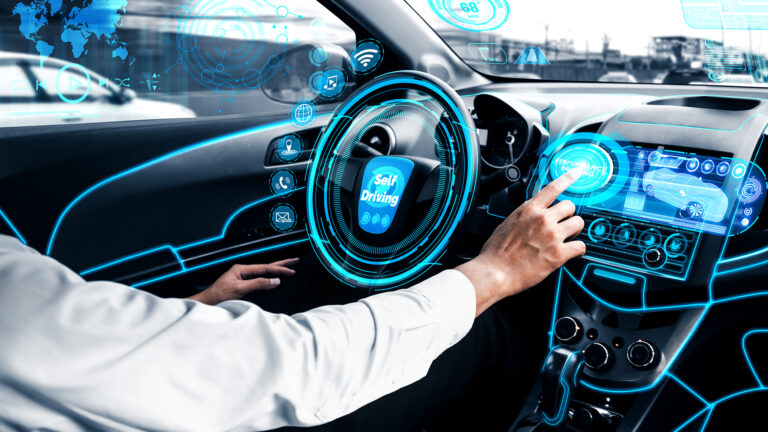As automotive technology and smart cockpits evolve, Human-Machine Interface (HMI) systems have become the medium between drivers/passengers and their vehicles. HMI systems play an indispensable role in enhancing the driving experience and the operability and practicality of automotive functions. With the rapid development of modern technology and the internet, automotive HMI interaction technology is continuously updated and iterated, moving towards greater intelligence, personalized customization, and enhanced user experience. This blog will explore six key directions for the future development of automotive HMI interaction design.
- Seamless Multi-Modal Interaction
Future automotive HMI systems will integrate various interaction methods, such as touch, gesture, voice recognition, and eye tracking, to provide users with a more intuitive experience. For instance, drivers can use voice commands to activate navigation, adjust the volume with gestures, or select menu options through eye tracking. - Personalized Customization
With advancements in artificial intelligence and machine learning, systems will learn and adapt to the driving habits and behaviors of users, offering personalized services. For example, unlocking the car, adjusting the steering wheel, seats, air conditioning, and media playback settings will be automatically tailored to the user’s preferences. - Augmented Reality Displays
Augmented reality (AR) displays will play a crucial role in driving, particularly in navigation. Heads-Up Displays (HUDs) can project navigation prompts, hazard warnings, and other critical information onto the windshield, keeping the driver informed without diverting their attention from the road. - Multifaceted Media Information Interaction
Automotive HMI systems will provide rich multimedia information display services. Users will be able to configure display content according to personal preferences on multiple screens and customizable dashboards, allowing a more tailored and engaging experience. - User Information Security
As HMI systems integrate personal and potentially sensitive information about the driver and passengers, data security and privacy have become significant concerns. Future developments will increasingly focus on protecting user data, enhancing personal privacy security. - Support for Electric Vehicles and Autonomous Driving
With the growth of electric vehicles (EVs) and autonomous driving technologies, HMI systems will need to meet new requirements. This includes providing navigation to charging stations and managing battery levels for EVs, as well as offering enriched information and entertainment content for autonomous vehicles while ensuring the driver can take control at any moment.
These trends and directions indicate that future automotive HMI systems will not just serve as information display platforms but evolve into intelligent, personalized, interconnected digital ecosystems. These systems aim to offer users a safer, more convenient, and more enjoyable driving experience.







